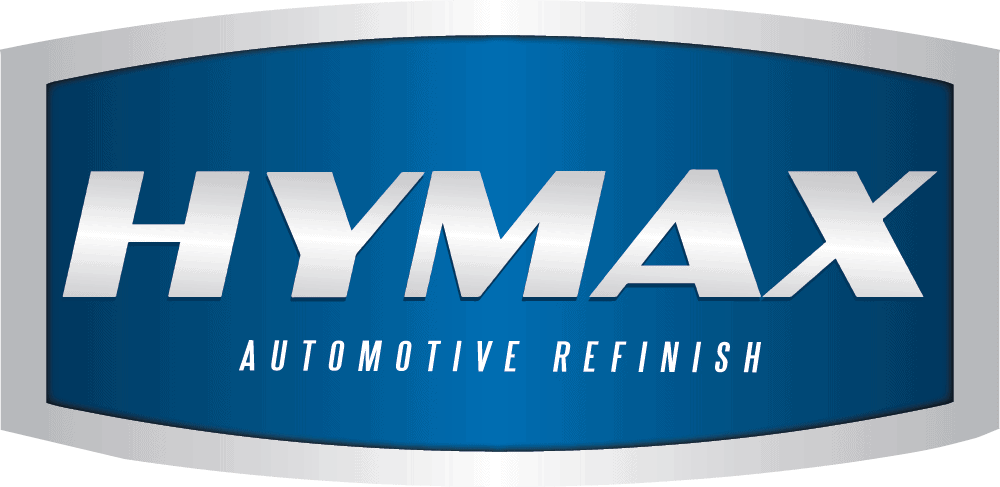Guide to Perfect Finish
Achieving a Flawless Finish
A flawless finish should seamlessly blend with the original paint, making it indistinguishable from the factory coating. The key to a successful and profitable refinishing job lies in meticulous preparation and precise application. Many professionals agree that investing time in surface preparation is crucial. A common industry mindset is: “There’s never enough time to do it right the first time, but always time to redo it.” However, rework leads to unnecessary costs and delays, making thorough preparation just as important – if not more – than the application process itself.
Surface Preparation:
In automotive manufacturing, paint is applied to smooth, clean surfaces. Refinishers must replicate this approach to achieve optimal results. The process consists of several key stages:
- Denting and replacing parts.
- Putty application and shaping.
- Priming.
- Applying topcoat.
Each stage must be completed with precision before moving to the next, ensuring efficiency, cost-effectiveness, and durability.
Assessing Substrate Condition
The first step in refinishing is evaluating the substrate’s condition. Overlooking this stage can lead to costly corrective measures, including the complete removal of both old and newly applied paint.
- Thoroughly clean the existing surface to remove contaminants.
- Inspect carefully, starting with horizontal surfaces, as they tend to show damage first.
- Evaluate the gloss level—a dull finish may indicate microscopic defects.
- Test adhesion by lightly scratching a hidden area with a blade to check for peeling.
- Identify the existing paint type to determine compatibility with new coatings.
-
The paint is in good condition:
If the existing paint is in good condition and does not react to solvent testing, refinishing can proceed after a proper cleaning using Genclean S241, followed by compressed air drying and a tack cloth wipe-down. However, contaminants such as wax, silicone, tar, and chemicals like battery acid or brake fluid can penetrate the surface, requiring thorough removal before sanding. -
The paint is in bad condition:
For deteriorated paint, simply repainting is not a solution, as defects will continue to spread. Instead, the original coating must be removed. This can be done using orbital sanding, starting with coarse grit and gradually refining the surface, or paint removers, which are ideal for large areas where pre-scratching the surface helps accelerate removal.
Note: Plastic surfaces should be stripped with sanding, while wood requires heat treatment. Even if a metal surface appears clean, unseen contaminants can affect adhesion, so proper degreasing and cleaning are essential.
Color Matching & Identification
Locate the vehicle’s original color code to retrieve the exact formulation from HyMix software. Verify the correct variant shade before mixing. Spray a test panel, adjust if necessary, and proceed with refinishing only after confirming accuracy.
Sanding Process
Sanding serves two key purposes: creating a smooth, even surface for flawless application and enhancing adhesion between paint layers. Using a guide coat helps identify areas that need additional sanding. A dry guide coat or a mist coat of diluted contrasting paint (9:1) can highlight inconsistencies. However, avoid red, maroon, and yellow shades as guide colors. To ensure proper masking, always use professional masking film or paper—never newspapers, as they can bleed ink onto the surface.
Spraying Technique:
Spraying is a skill that requires both training and continuous practice. Proper technique involves maintaining a consistent distance between the spray gun and the panel, holding the gun at a 90-degree angle to the surface, and controlling spray speed while overlapping passes evenly to prevent defects like clouding or uneven coverage. By following best practices in preparation, color matching, and application, refinishers can achieve a factory-quality finish that stands the test of time.
Need help?
Our team of dedicated experts will review and respond to your inquiry within 24 hours.
